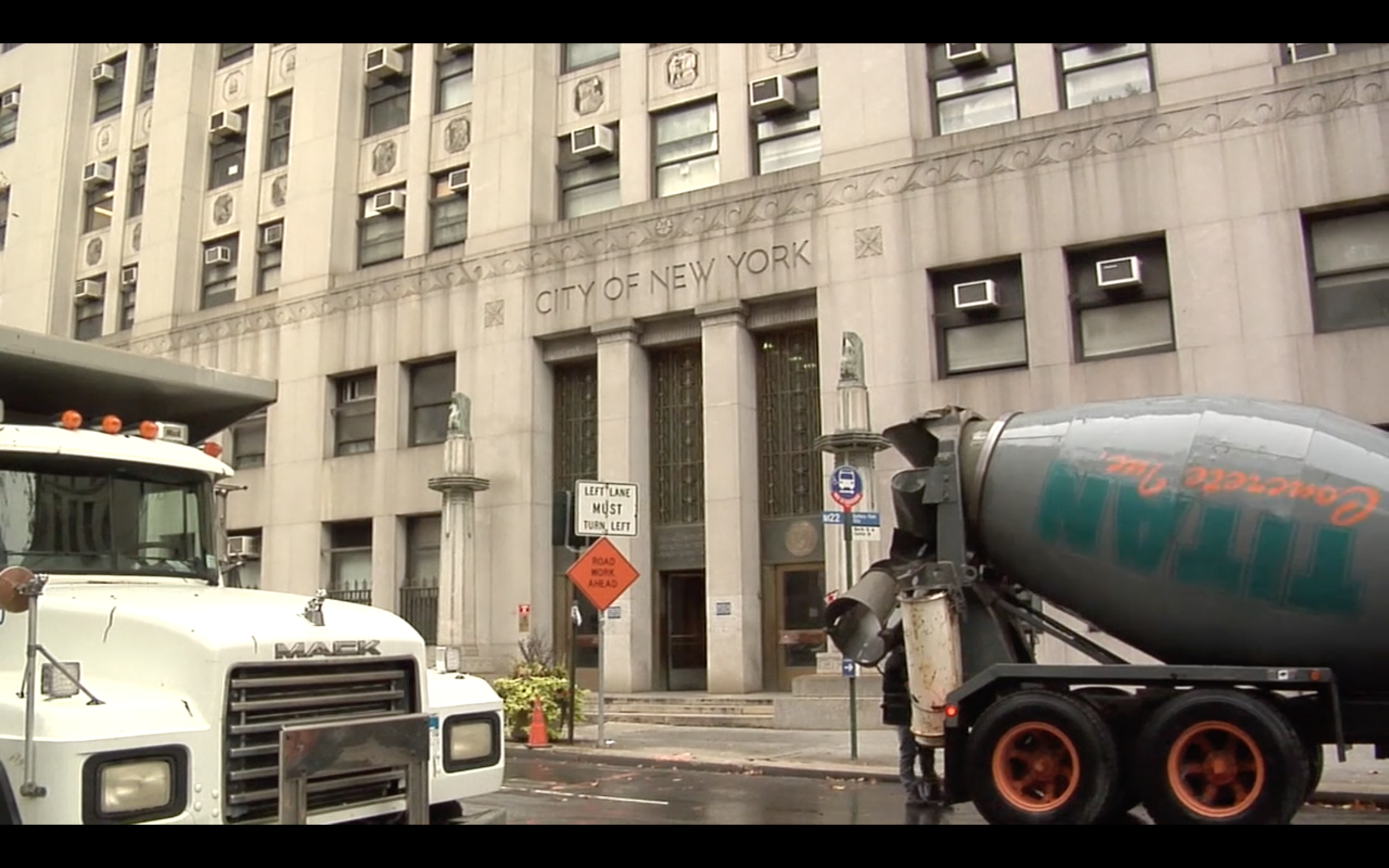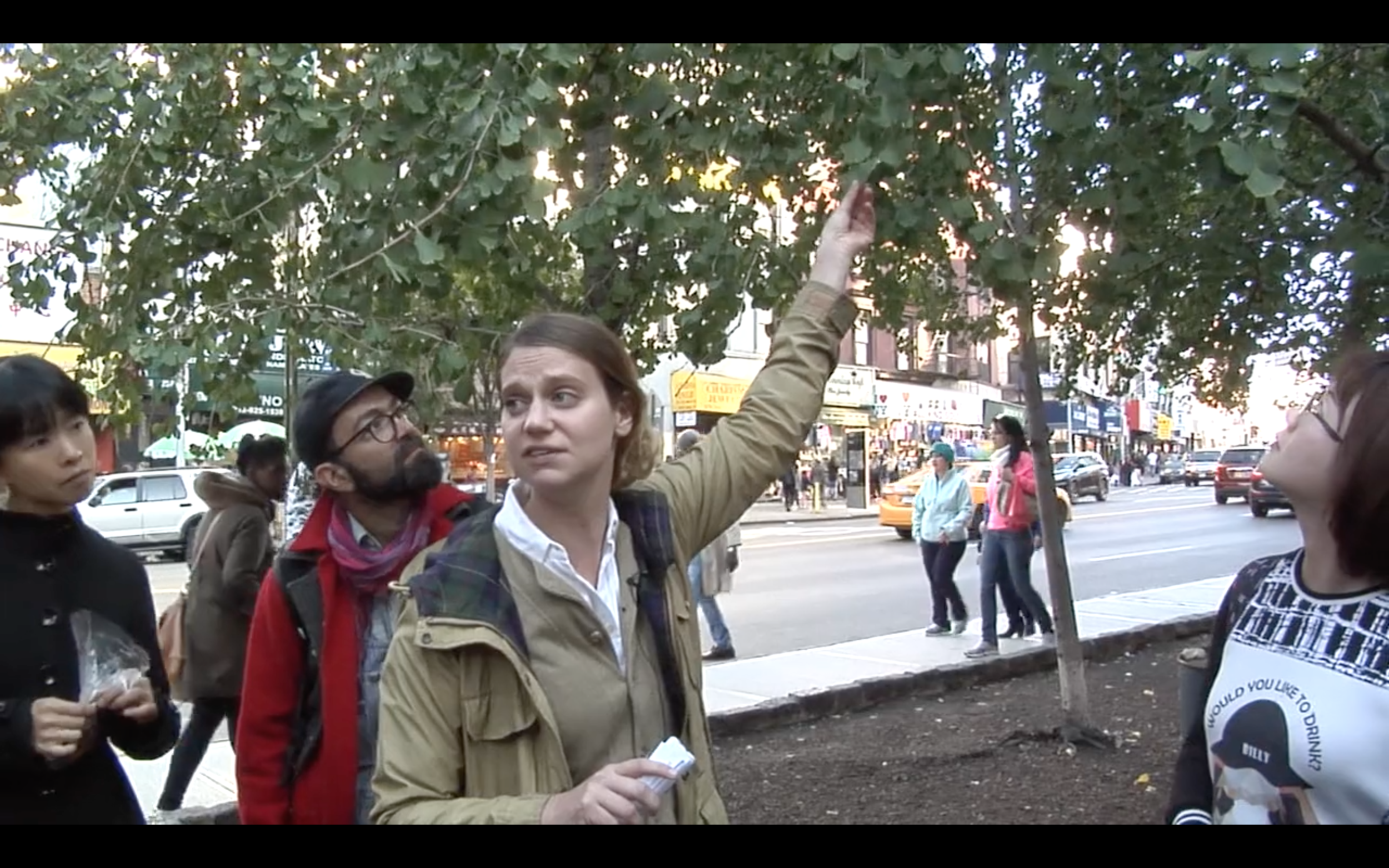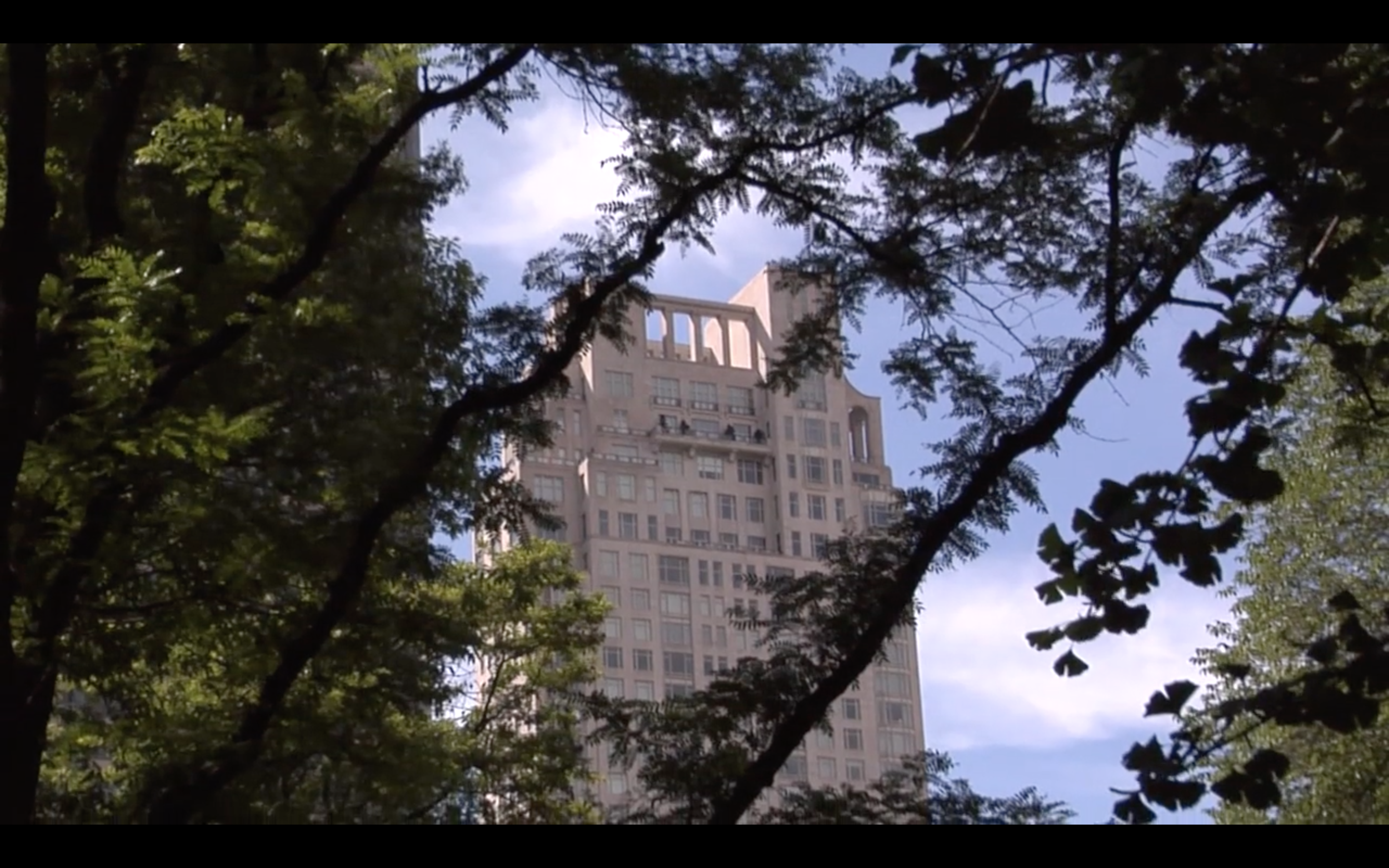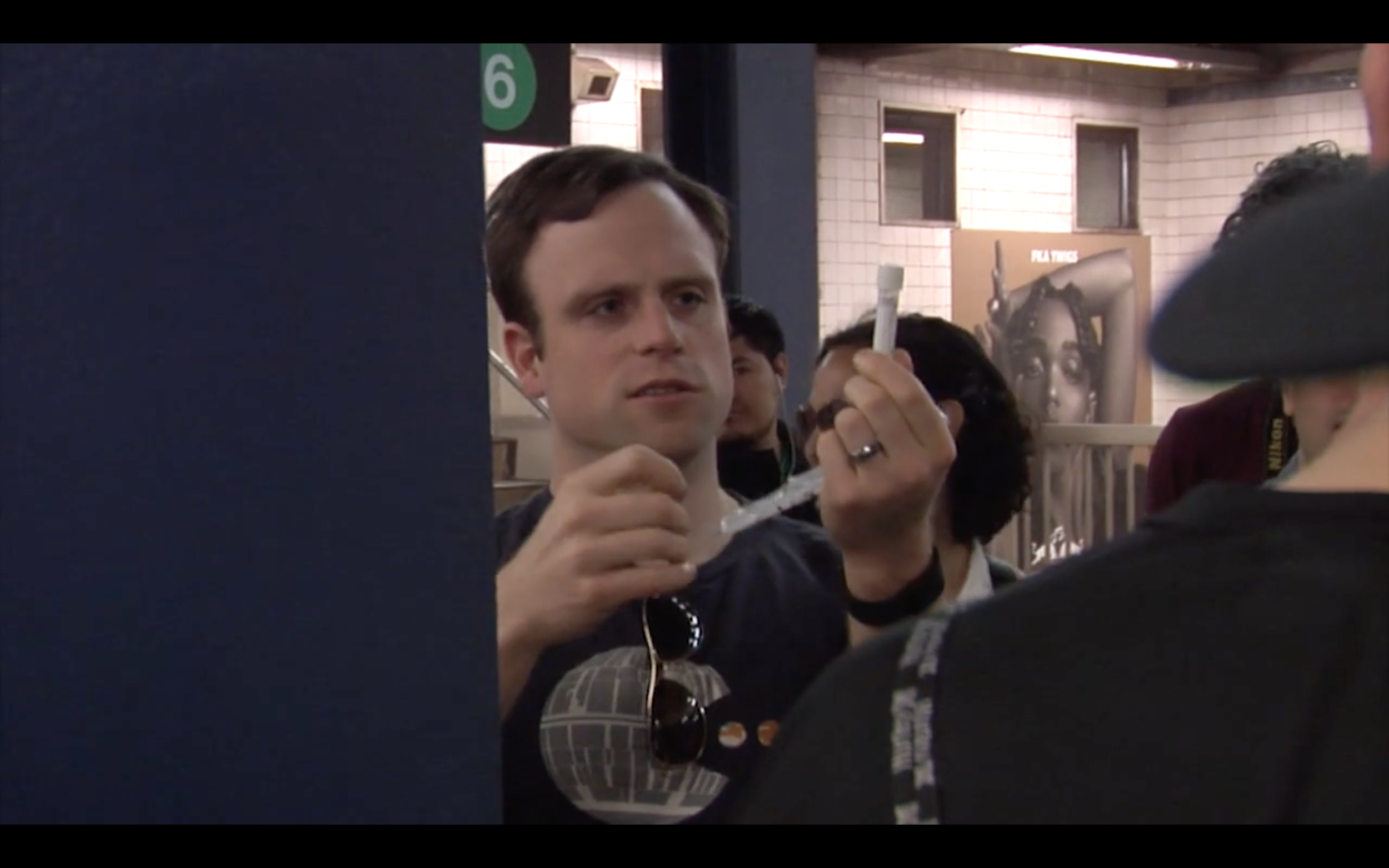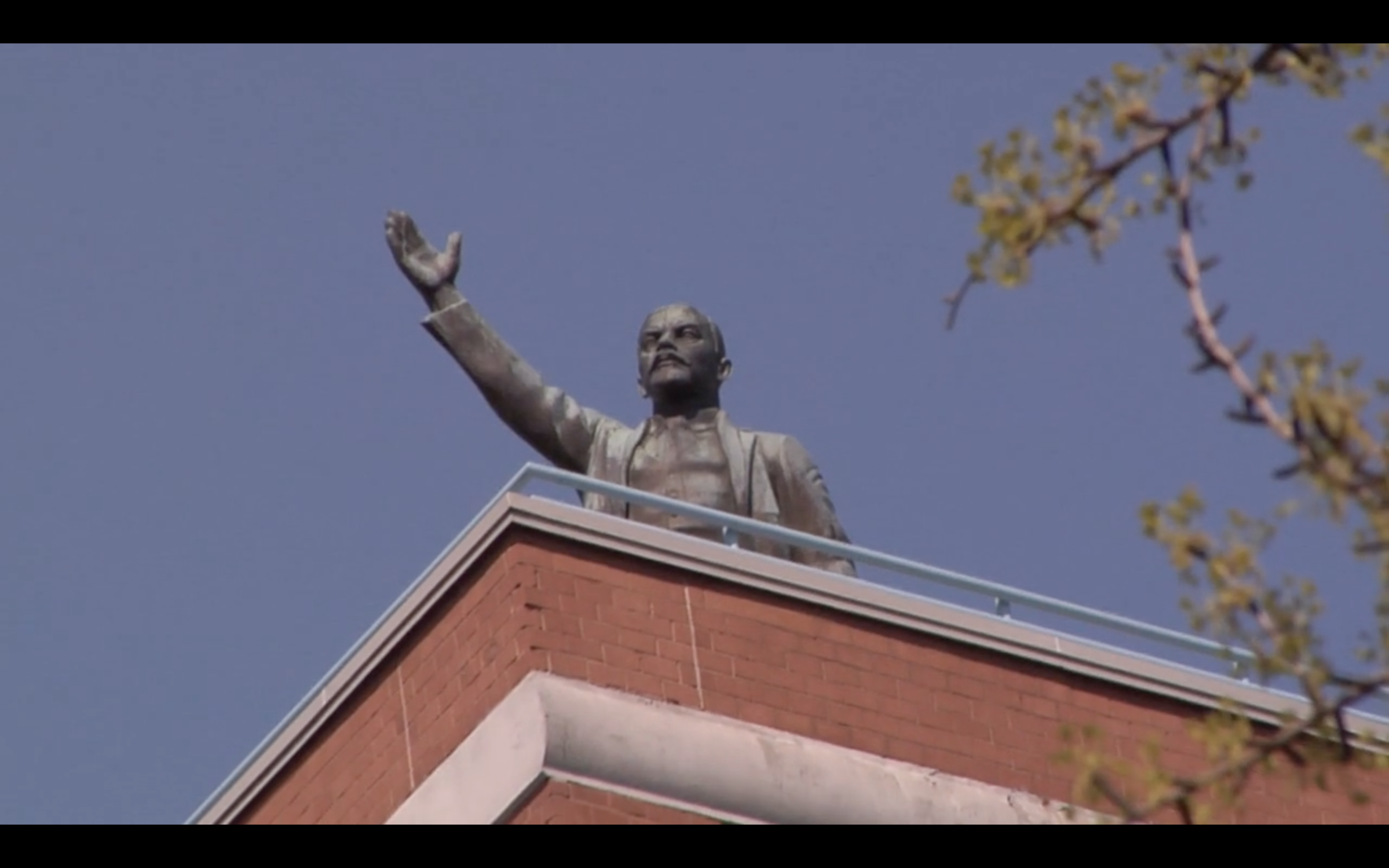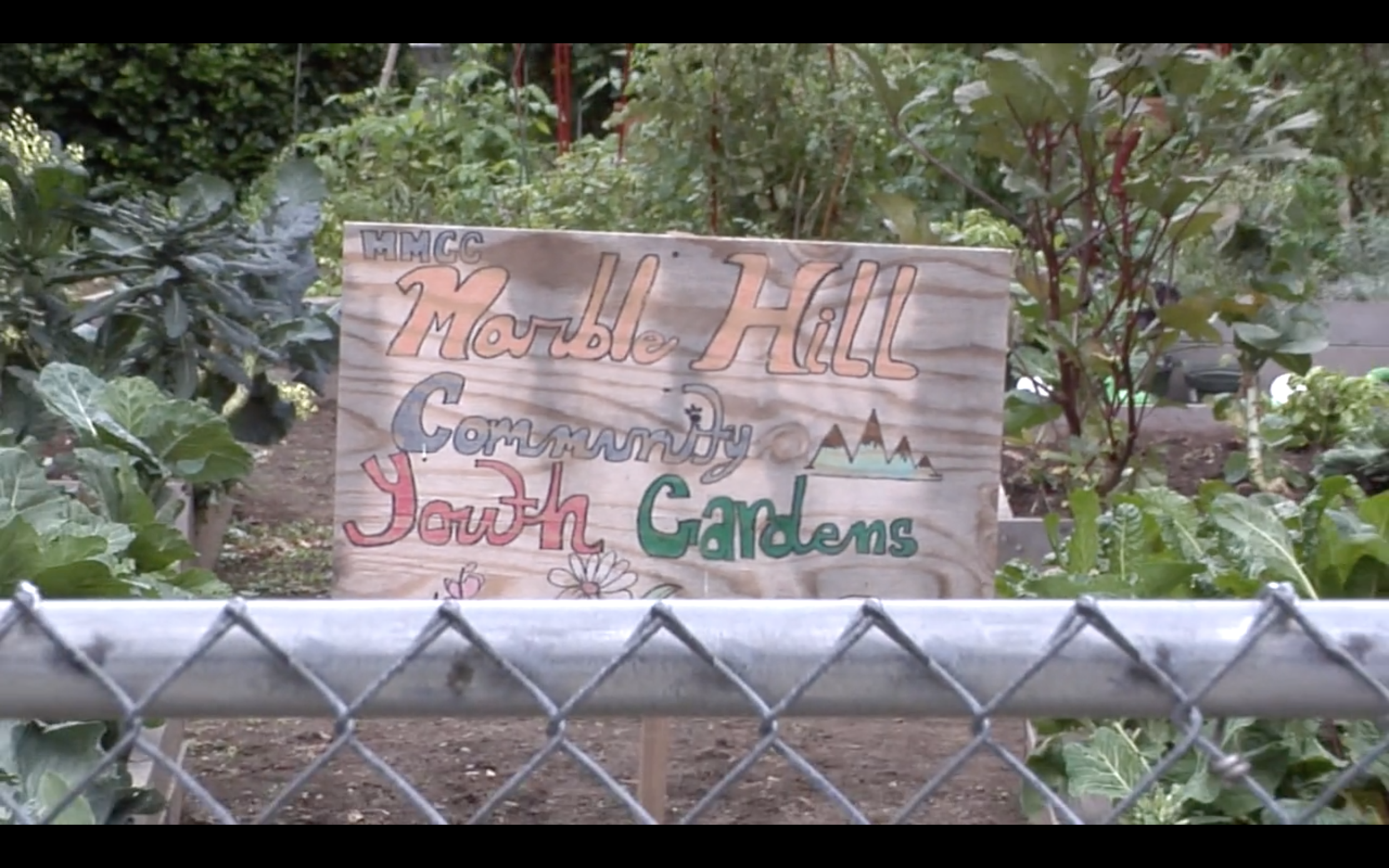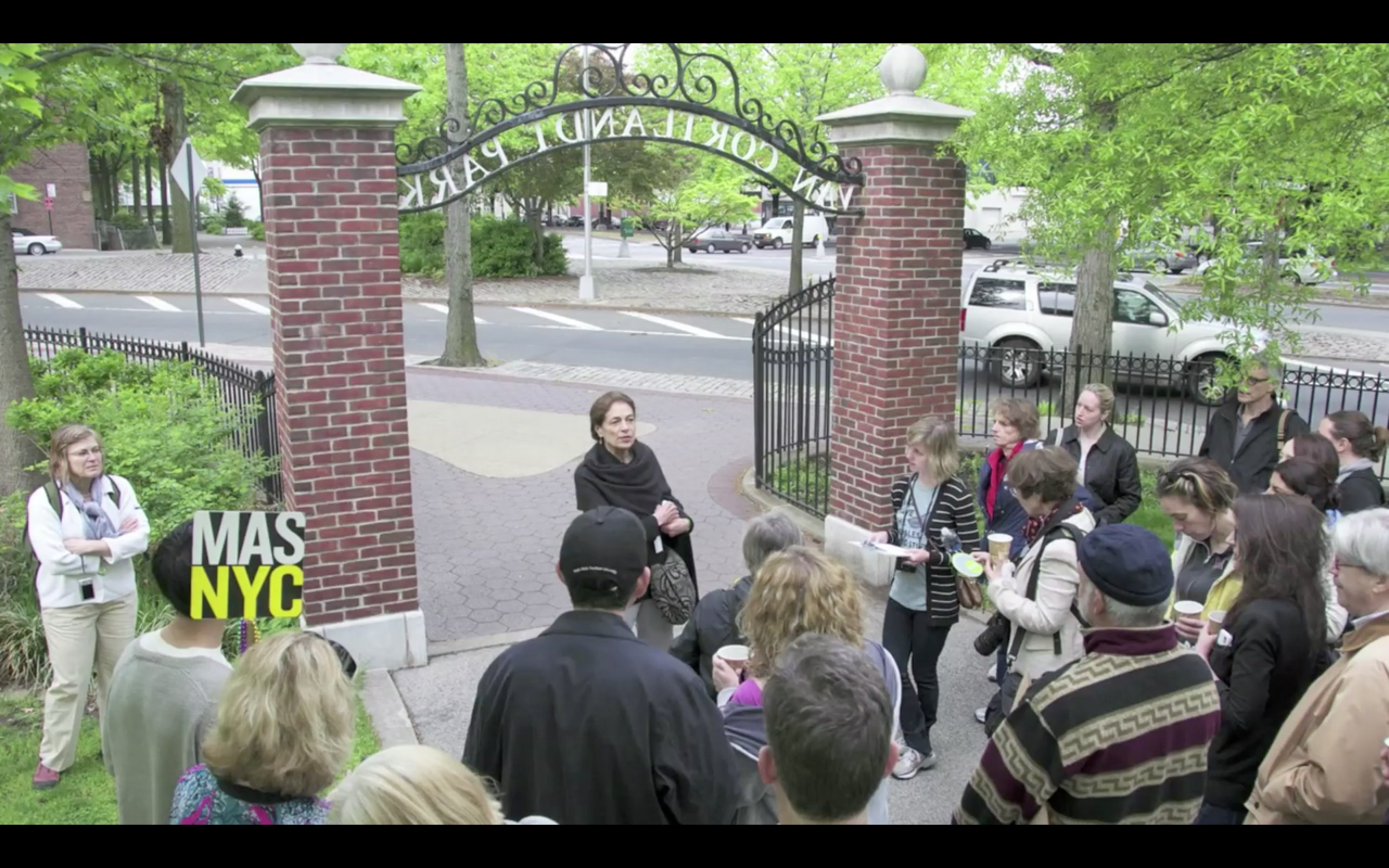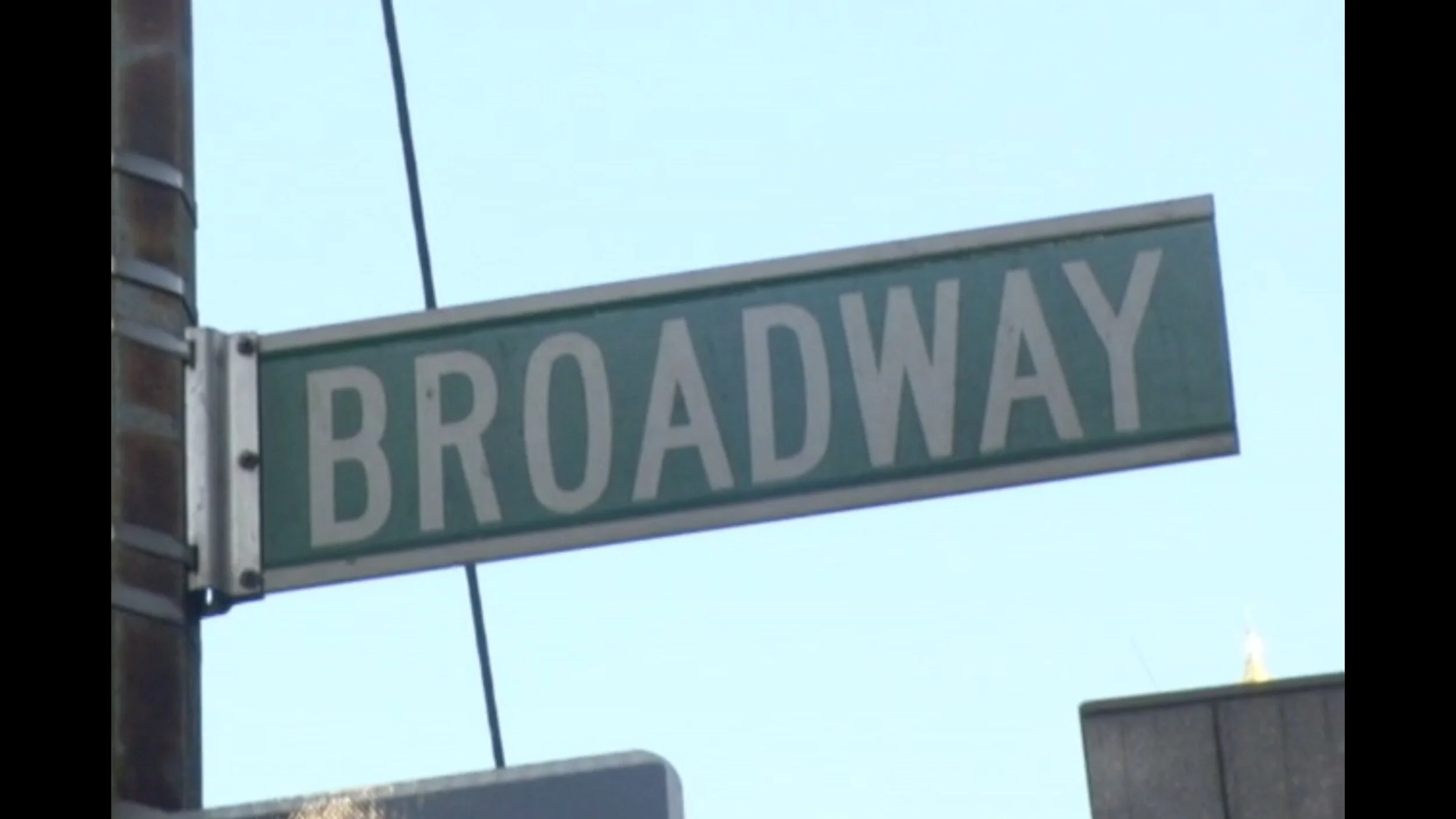Broadway: 1000 Steps
2017
The Urban Garden
Artist Kanene Holder and biologist Paul Mankiewicz explored how people interact with nature and questioned where and if urban planning has succeeded or failed to accommodate natural ecosystems.
Food, Culture & the Urban Environment
Artist Miguel Luciano and environmental scientist Daniel Carrion led a walk to bring awareness on the complex relationships between migration, housing, food insecurity and pollution in West Harlem.
2016
Ice Cubed: An Inquiry into the Aesthetics, History, and Science of Ice
Artist Marshall Reese and anthropologist Ben Orlove revealed the geological traces and disappearances in the neighborhood of Columbia University's Heyman Center. This CALL WALK was presented for Ice Cubed: An Inquiry into the Aesthetics, History, and Science of Ice, a two day conference hosted by the Heyman Center.
Places, Pleasures, & Public Space
This WALK explored the qualities that make public spaces inviting or unwelcoming — considering habitat, migration, and the relationship between social and natural ecology. They examined the pleasures and benefits of public space by looking at the Upper West Side and the populations it serves through the perspectives of three New Yorkers who significantly shaped public space in the city: Frederick Law Olmsted, Robert Moses, and Jane Jacobs.
Broadway: 1000 Steps —Jean Shin & Robin Nagle
Artist Jean Shin and ecologist Robin Nagle highlighted the often invisible immigrant population, systems and economies that are part of the ecology of Chinatown. Shin and Nagle focused on recycling work done by canners, patterns of consumption, and hidden infrastructures of waste stream and labor, as well as Nagle's research into unofficial can redemptions infrastructure.
Broadway: 1000 Steps — Ellen Driscoll, Joyce Hwang & Mckenzie Younger
Artists Ellen Driscoll, Mckenzie Younger and architect Joyce Hwang’s WALK explored the urban ecosystem of Chinatown, touching on the history and evolution of the neighborhood around Collect Pond from a freshwater pond landscape to an industrialized urban area. The WALK conveyed the profound effects that human actions have on urban ecosystems.
Broadway: 1000 Steps — Mary Ting, Paul Bartlett & Sophie Plitt
Artist Mary Ting, scientist Paul Bartlett, and urban forester Sophie Plitt discussed the nuances of post 9-11 air pollution, toxicity and quality of life issues that Chinatown residents face. The walk began on the Southwest corner of Broadway and Canal and ended in front of the Confucius Plaza.
2015
Habitats And High Rises
Artist Marshall Reese and naturalist Mike Feller discuss the history of invasive species — both cultural and natural, coupling the story of Columbus, with the the European dove (colomba) and the history of apartment developments in New York City. The WALK focused on 59th Street/ Columbus Circle.
Microbial Maps
Geneticist Dr. Chris Mason and artist Will Lamson talk about microbiomes in urban spaces — the invisible forces that animate the world. They discuss Dr. Mason's project to map the bacteria in New York City's subway system and how those microorganisms are generally benign or even have a positive effect on the ecosystem of the subway system. The walk is on Houston Street/ Lower East Side.
Collision Theory: Birds and Buildings
Architect Joyce Hwang and naturalist Gabriel Willow explore the possibilities for architecture that supports urban species. They addressed the intersection of urban wildlife with the built urban environment, specifically focusing on the relationship between buildings and birds. They discuss how buildings are cited as the primary “killer” of migratory birds but how urban building façades can serve as bird habitats.
Revitalizing Urban Waterways
SLO Architecture and hydrologist Theo Barbagianis envision reconnecting and rejuvenating the fragmented waterways around Van Cortlandt Park. The WALK mission was to detect signs of former and latent natural riparian landscapes, as well as identify telling fragments of cityscape, to help uncover the possibilities to unlock and restore the ecological future of this Bronx neighborhood within the waterway network of New York City.
Home Is Where The Heart Is
Artist Heather Hart and sociologist Dalton Conley led an interactive discussion on the history and future of the Lower East Side — the most economically unequal neighborhood in the United States. They discuss the class and art history of the neighborhood, the changing populations and the vestiges of those changes. Houston St./ Lower East Side
The Identity of Water
Artist Juanli Carrión and sociologist Gianpaolo Baiocchi will lead a cultural journey through different flavors of water. Participants will get a perspective of the different "identities" water can have and how susceptible these identities are to change, while learning about the past and the future of the neighborhood and its population.
Noise and The Psychogeography On The Street
Urban design strategist Howard Chambers and Environmental Psychologist Arline Bronzaft discussed noise and the psychogeography on the street. The WALK observed the sounds of the street and how those sounds are interpreted and perceived. They started on Central Park West.
Ruminations on Extinct Topography
Artist Bob Braine, plant ecologist Rebecca Swadek, and botanist George Jackman, focused on stream resiliency and fish habitat. They discuss the history of Tibbets Brook, the ecology of the of marble hill and the contemporary connection the neighborhood has to the water.
Production and Consumption in the Bronx
Walking in a circle starting and ending at 228th Street, artist Mary Mattingly and scientist Sabine Marx described cycles of historic and future visions, building and preserving projects that highlight New York's resources. From farms to gardens, the rivers to the reservoir, spaces of production and consumption, how we simultaneously re-imagine spaces around the powers that be.
Our Democratic Public Space
Writers Garnette Cadogan and Jonathan Tarleton explore the qualities that make public spaces inviting or unwelcoming. They open the notion public space to include not only parks, but the sidewalk and the subway, and articulate how all these public spaces share and participate in an ecology. They discuss Frederick Law Olmsted, Robert Moses, and Jane Jacobs, as they walk from Central Park West to Riverside Park.
2014
Tattfoo Tan
Artist Tattfoo Tan and ecologist Stuart Gaffin led a walk to find material resources in Chinatown in order to fill one’s emergency bag with high end and low brow items.They stopped at a crystal shop that takes Kirlian Photography and shows your aura and Micro Museum, located in a freight elevator.
SPURSE
Spurse founder Iain Kerr and architect Petia Morozov led an exploration of the sidewalk ecology of Harlem through the lens of urban foraging. They explore how humans and plants have co-evolved along with the built environment. They discuss how plants act as storytellers of human history.
Elliot Maltby and Theo Barbagianis
Urban Designer and founder of Thread Collective Elliott Maltby and water resources engineer Theo Barbagianis expose the “backstage” of infrastructure in Lower Manhattan through the story of Collect Pond, and its part in the development of NYC's water infrastructure.
Piece Walk--Free Zone
Artist and Environmental Psychologist Adeola Enigbokan and Urban Planner Dr. Tarry Hum piece together the intricate web of labor that links the Garment District to immigrant enclaves in New York City, and to factories in "Free Zones" around the globe.
Torkwase Dyson and Cindy Katz
Artist Torkwase Dyson and Geographer Cindi Katz led a dialogue about gender, architecture and nomadism as they pertain to new geographies of climate change. They wonder how the movement of people will be mapped, the influence of Columbia University in Harlem, and the intersection of environmental justice and social justice.
Victoria Marshall and Timon McPhearson
Landscape architect Victoria Marshall and urban ecologist Timon McPhearson, led a dialog about blocks, roofs and health. They identified three urban forms: billboard space, step backs, and sandwich space, to articulate the different pollinators, microbes and air of the garment district.
2013
BROADWAY: 1000 Steps exhibit
Mary Miss introduces the City as Living Laboratory exhibition at the Center for Architecture March 7 - April 10, 2013.
2012
BROADWAY: 1000 Steps / MAS Jane’s Walk 2012
In conjunction with the Municipal Art Society's Jane's Walk weekend, we walked the length of Broadway from Van Cortlandt Park to Bowling Green on Sunday, May 6th. We were joined by over 20 walk hosts who shared their expertise on topics ranging from history to wildlife.
Duane Park - Introducing: Broadway 1000 Steps
Artist Mary Miss introduces the CALL Project Broadway: 1000 Steps. The project creates a green corridor throughout New York, down Broadway. 20 hubs along broadway will serve as cites for a series of small scale installation. The hubs will help reveal the network of systems vital to a healthy city.



